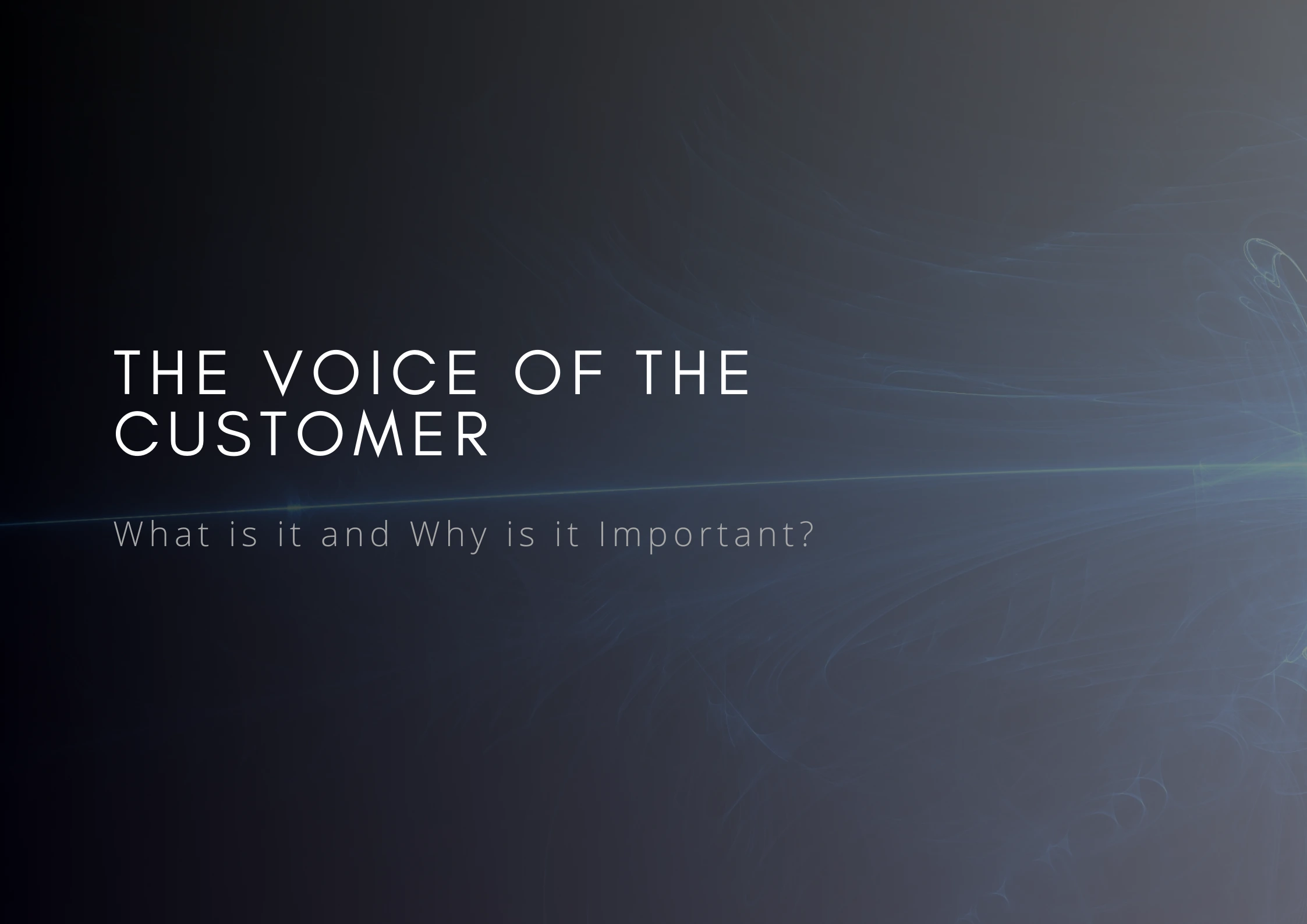In a competitive marketplace, understanding your customers is crucial. The voice of customer (VoC) is a research methodology designed to capture customers’ needs, preferences, and expectations directly. Moving beyond assumptions, VoC provides actionable insights that help businesses align their products, services, and strategies with what truly matters to customers.
Importance of Voice of Customer Important
The voice of the customer is the key to driving satisfaction, loyalty, and profitability. By actively listening to customer feedback, businesses can:
- Enhance customer experiences: Address pain points and align offerings with customer needs.
- Increase loyalty: Satisfied customers are more likely to become repeat buyers and advocates.
- Boost profitability: Tailored offerings and exceptional service often translate to higher revenue.
Understanding VoC helps businesses make informed, customer-focused decisions that lead to long-term success.
Related Article: Developing a Go-To-Market (GTM) Strategy For Vitamin Supplements
Collecting and Gathering Voice of the Customer Data
To harness VoC effectively, it’s essential to collect data through multiple methods and touchpoints. Here are some proven techniques:
- Interviews and focus groups: In-depth conversations to understand customer perspectives.
- Surveys: Gather quantitative data on customer satisfaction, preferences, and expectations.
- Social media monitoring: Track brand mentions and customer sentiments across platforms.
- Customer reviews: Analyze feedback from online reviews to spot recurring themes.
It’s vital to engage customers where they are, be it through websites, social media, call centers, or in-person interactions. Collecting feedback at different stages of the customer journey ensures a holistic view of their needs and preferences.
Analyzing and Interpreting Voice of the Customer Data
Once VoC data is collected, analysis transforms raw feedback into meaningful insights. Techniques such as text analytics and sentiment analysis can:
- Identify common themes and pain points.
- Highlight areas requiring immediate attention.
- Prioritize improvements for maximum impact.
Analyzing VoC data is not a one-time task. Customer needs and expectations evolve, making continuous analysis essential to staying ahead in a dynamic market.
Real-World Success Stories of VoC in Action
Numerous companies have reaped the rewards of integrating VoC into their strategies. Here are two notable examples:
- Lego: By listening to customer feedback about inclusivity, Lego introduced diverse sets appealing to a broader audience. This move led to increased sales and customer satisfaction.
- Starbucks: Leveraging VoC, Starbucks revamped its rewards program based on customer input, addressing pain points and boosting loyalty.
These examples illustrate how understanding and acting on VoC can lead to tangible business benefits.
Driving Product Development and Innovation with VoC
The voice of the customer is a powerful catalyst for innovation. Businesses can:
- Identify new opportunities: Understand unmet needs for product development.
- Refine existing offerings: Improve features based on customer input.
- Stay competitive: Align offerings with market demands.
Customer-centric innovation not only enhances satisfaction but also strengthens a company’s competitive position.
The Role of Technology in Capturing and Utilizing VoC
Modern tools make it easier than ever to capture and analyze VoC data. AI-powered solutions streamline the process, enabling businesses to:
- Analyze large volumes of feedback quickly.
- Detect patterns, sentiments, and trends in real-time.
- Gather data efficiently through channels like online surveys, social media tools, QR codes, and customer feedback systems.
Technology ensures that businesses can act on insights faster and more effectively, driving better results.
Related Article: What is Fintech? Meaning, Definition, and Industry Overview
Addressing Common Misconceptions About VoC
Several misconceptions can hinder the effective use of VoC:
- Feedback alone is enough: Insights come from analysis and action, not just collection.
- Negative feedback is bad: Constructive criticism is a goldmine for growth and improvement.
An effective VoC strategy requires a proactive approach to analyzing and acting on feedback.
Agility Growth Partners: Your Partner in Harnessing the Voice of the Customer
At Agility Growth Partners, we specialize in helping businesses unlock growth opportunities through comprehensive VoC programs. From data collection to analysis and actionable insights, we empower organizations to:
- Enhance customer satisfaction.
- Drive innovation and growth.
- Stay ahead in a competitive market.
Unlock Growth Potential with VoC Today
Incorporating the voice of the customer into your business strategy can transform your operations and create lasting customer relationships. Let Simon-Kucher guide you in harnessing VoC for strategic success.
Ready to elevate your customer strategy? Contact our experts today and discover how VoC can drive growth and profitability for your business.

